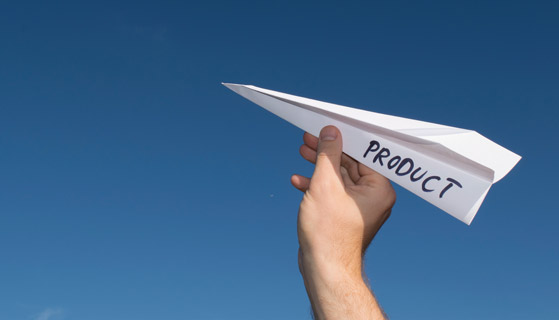Launching a new, physical product is definitely challenging. You probably know there are a lot of obstacles to bringing a new product to market, but what are they exactly? And more importantly, how do you overcome them?
In this article, I’ll share with you various ways to surpass the biggest obstacles in your path to market.
Product development
Developing a physical product requires various fields of engineering. This is especially true for complex tech products.
Most entrepreneurs don’t have the necessary skills to develop a new physical product. And, in fact, it’s extremely rare for one person to have all of the skills needed.
Creating a new hardware product will likely require a small team of product developers.
Fortunately, new product entrepreneurs have a valuable resource that wasn’t available in the past: freelancers. The freelancer economy is huge and rapidly growing.
As of 2018, there are approximately 59.7 million people doing freelance work in the U.S. alone, and it is projected that by 2027, freelancing will make up more than 50 percent of the total U.S. workforce.
With those numbers, it’s safe to say you have an entire world of experienced professionals at your disposal.
Prototyping
It’s always best to start off with the cheapest and simplest method for prototyping a new product. You should gradually advance toward a prototype that is nearly identical to the final, manufactured version of your product.
In some instances, you may want to initially split the functionality and appearance aspects of the product into two separate types of prototypes.
The first type is one that demonstrates the functional aspect of your product. This is called a works-like prototype. The second type is called a looks-like prototype and it demonstrates the appearance and form factor of your product.
Eventually, you will merge the two prototypes together into what is called a works-like-looks-like prototype. This level of prototype should be very close to your final production product.
Scaling from prototype to manufacturing
Getting a fully functional, works-like-looks-like prototype is a huge accomplishment. But, your product is still a long way from being ready for market.
Making a few prototype units is a world apart from producing thousands, or millions, of ready-to-sell units.
Don’t underestimate the time and cost to scale from a prototype to mass manufacturing. In fact, doing so is a common reason why startups fail.
Fortunately, you don’t need to set up your own factory to manufacture your product. Instead, you can just pay a contract manufacturer to produce your product.
However, the cost of setting up manufacturing, even with a contract manufacturer, is still one of the biggest obstacles to bringing a new product to market.
The way around this obstacle is to find a manufacturer who believes in your product enough to agree to amortize these costs.
For example, if it costs $25,000 to set up manufacturing, you could pay $1 extra per unit for the first 25,000 units produced.
Implementing market feedback is slow
One of the biggest obstacles to success with a product is implementing target market feedback. With software, you can easily release a simple version, gather feedback and implement this feedback in the release of the next version.
It’s impossible to know what consumers want to buy until you have something you can actually sell them. But with a physical product, you have to spend an enormous amount of resources developing and manufacturing the product before you can gather real market feedback.
The key to overcoming this obstacle is to sell the product before you make it. There are two basic ways to accomplish this option. Pre-sell the product on your website or run a crowdfunding campaign. Both of these strategies will require you have a large online audience, so start building one now.
Cash flow
Once manufacturing is up and running, cash flow becomes the next serious obstacle.
This is largely due to the lag time between paying your manufacturer and getting paid by your customers. Most manufacturers will require you to pay them before they ship out your product. However, most retailers won’t pay you for 30 to 90 days after they receive your product.
So how do you finance your inventory during this time? Although not common, some manufacturers are willing to give you more favorable payment terms, especially if you have been working with them for a long time.
For example, I was able to convince a manufacturer to provide my startup “net 90” payment terms. This means that I didn’t have to pay them until 90 days after they shipped the order.
These 90 days allowed me to receive payment from retail customers before I had to pay for manufacturing. This was a massive cash flow boost for my startup.
Although 90-day payment terms are quite rare, still try to negotiate better payment terms with your manufacturer. Any improvement will help your cash flow tremendously.
While there are certain obstacles in bringing your new product to market, with hard work and determination, as well as product development, prototyping, market feedback and cash flow management, you’ll be on your way to overcoming these minor challenges in no time.
Source: StartupNation

